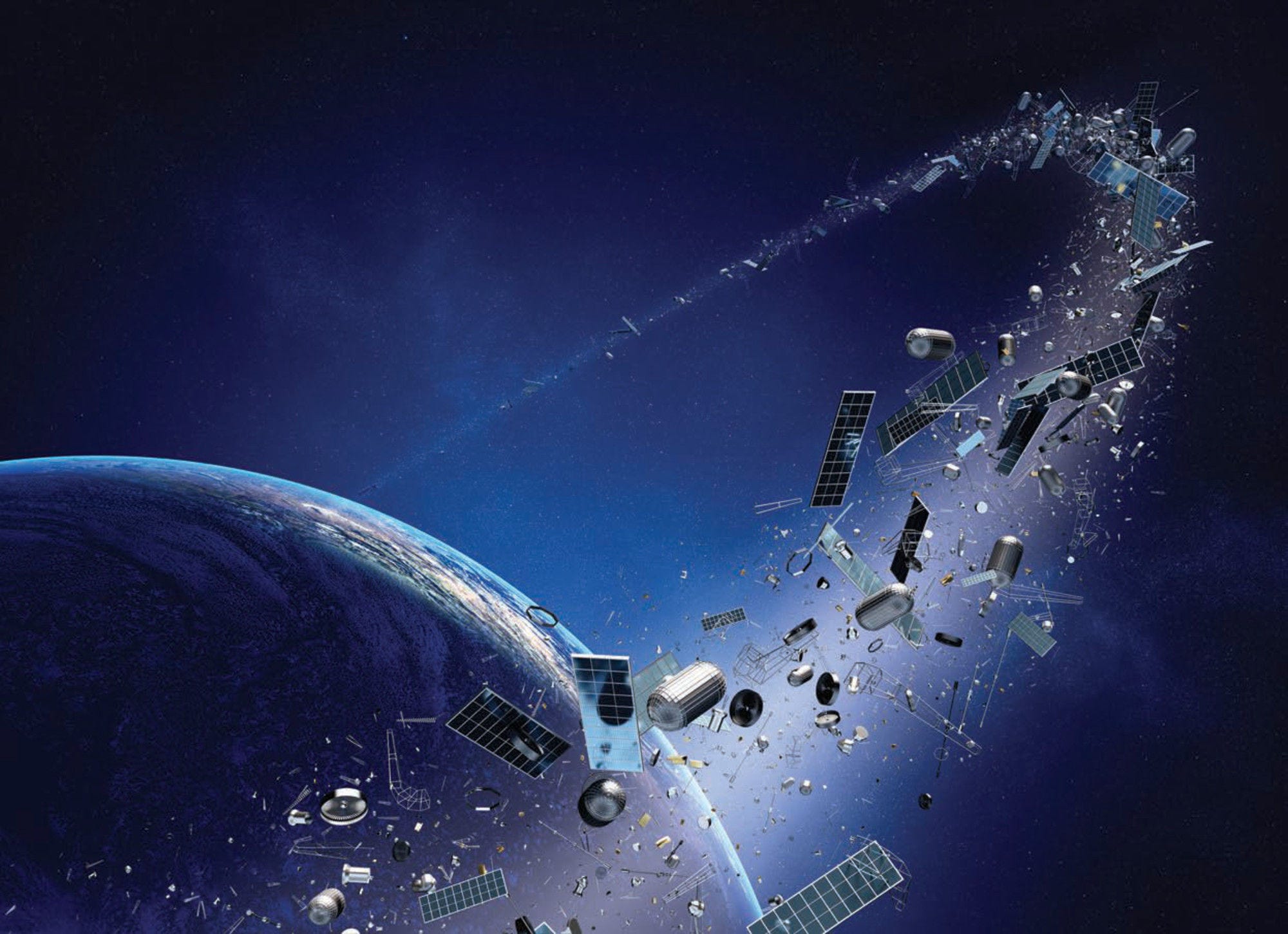Society’s dependence on space infrastructure is at a critical juncture. Public and private actors worldwide are planning to launch tens of thousands of satellites into Earth’s orbit in the next five years. This will greatly expand and enrich the use of space resources, but it will also result in more crowded orbits and greater risk of damage from satellite collision and space debris. As satellite launches continue to multiply and concerns grow, the long-term sustainability of space-based infrastructure on orbit and beyond is set to emerge as an increasingly important space policy issue of the 21st century. This publication takes stock of the growing socio-economic dependence of our modern societies on space assets, and the general threats to space-based infrastructure from debris in particular. Notably, it provides fresh insights into the value of space-based infrastructure and the potential costs generated by space debris, drawing on new academic research developed especially for the OECD project on the economics of space sustainability.
Earth’s Orbits at Risk

Abstract
Executive Summary
Accumulating space debris puts the sustainability of space activities at risk
Satellite data and signals provide crucial inputs to many economic activities, but Earth’s orbits are getting crowded. In 2021, more satellites were launched into space than in the entire preceding decade and tens of thousands of satellites should be launched in the next five years.
Orbital debris has increased remarkably in the last 15 years and the socio-economic impacts of a major space debris accident could be dramatic due to cascading effects. The overwhelming concern is that orbital debris density reaches such levels that it triggers the so-called Kessler Syndrome – a catastrophic and irreversible chain reaction of on-orbit collisions between debris and operational satellites. Certain high value orbits may become unusable, while debris concentrations could even block access to higher orbits.
Losing high value orbits would have negative impacts on multiple space-derived services that are beneficial to society. The provision of weather forecasting, navigation services and climate monitoring, as well as important commercial activities such as telecommunications and satellite broadband, could all be affected. The societal costs could be massive and faced across society – even more so in regions with less developed terrestrial infrastructure and dependent on satellite services.
There is a need for more economic analysis of space sustainability so policymakers have the information they need to effectively compare options for action. The work undertaken by the OECD with space agencies, administrations, industry and academia introduces new research that assesses the potential costs of space debris incidents, estimates the value of space infrastructure and compares the economic effects of different policy options. The first results of this OECD project on the economics of space sustainability are presented in this report as a compilation of original research articles. A second phase in 2022-23 aims to expand this new field of research and broaden the international knowledge base.
New approaches to quantifying the costs of space debris and the value of space infrastructure
Environmental economics provides a set of tools that may be used to analyse the effects of space debris on the sustainability of space activities. Drawing on parallels between space debris accumulation and other environmental issues, an analytical framework for understanding the economic effects of space debris has been developed. The research introduces methods for estimating categories of costs and benefits that have been excluded from previous cost-benefit assessments of satellite projects.
Estimating the loss associated with excessive debris in Earth’s orbit in monetary terms suggests more resources should be devoted to mitigating debris. An experimental model has been developed to assess the economic effects of a collision event through global value chains. It estimates worldwide monetary losses in the case of Kessler Syndrome to USD 191.3 billion. This is a large sum in proportion to the resources currently committed to debris mitigation and remediation globally.
Assessing the value of space infrastructure suggests the benefits of sustaining space activities are large. The results of a survey of Italian firms in the earth observation industry reveals that considerable benefits accrue from using earth observation data (e.g. improved quality of products and services, R&D capabilities, etc.). This, in turn, positively affects turnover and employment via the development of new services and products or entrance to new markets or sectors.
New economic evidence on different policy options in space debris management
Assessing the costs and benefits of different space debris mitigation policies suggests government intervention is crucial. Based on estimated growth in space objects in low-earth orbits, different mitigation scenarios with and without active debris removal are explored. Satellite operators’ incentives to adopt debris mitigation measures are assessed by comparing their cost to the potential damages in case of a collision.
Evaluating commercial and public markets for active debris removal suggests scope for “active debris removal” business model development. Debris removal is one possible solution to the space debris problem, but business models are still immature. A review of projects targeting debris removal and on-orbit servicing shows a mixture of purely public and private initiatives as well as multiple forms of partnerships between sectors. Public intervention is needed that favours flexible and diversified forms of public procurement, R&D support to firms and dedicated government projects.
Firms’ behaviour in competitive markets underlines the need to internalise negative externalities. Firms do not yet internalise the impact of their decisions on space debris and may continue harmful practices unless the costs of doing so become prohibitive. One way explored is to incentivise firms with a new taxation regime.
Assessing the economics of satellite launches and future debris creation suggests that many launches are cost-inefficient but there is scope for improvement. The cost efficiency (i.e. the difference between costs and revenues across a satellite’s life cycle) are investigated using openly available data on operational satellites. Findings indicate cost efficiencies could be significantly improved, thanks to specific regulations on satellite design.
Policy implications and next steps
The first set of OECD findings on the economics of space sustainability provides new considerations for decision-makers, when formulating responses to space debris accumulation in Earth’s orbits:
The space infrastructure generates value to society and supports a whole range of economic activities. The loss or disruption of certain orbits could have a considerable economic impact, several orders of magnitude higher than the cost of current remediation efforts. This needs to be accounted for when assessing and comparing different options for action.
Existing and well-tested analytical frameworks and methodologies such as those used in environmental economics help to understand the costs and benefits of acting to mitigate space debris. This can provide a more complete assessment of space activities by, for example, identifying and valuing monetarily important negative externalities that would otherwise be excluded from a quantitative analysis.
Government intervention is crucial to address the space debris issue. Governments are encouraged to pursue different measures in parallel. Actions include the development and broad adoption of regulatory measures. They also include the development and commercialisation of technologies and practices for remediation and mitigation.







